Interview: Sarela Paz discusses the indigenous organisation CONISUR
18 January 2012
Dario Kenner, La Paz
Updates on Bolivia: Twitter: @dariokenner / Facebook: http://www.facebook.com/BoliviaDiary
As a march led by the Indigenous Council of the South (CONISUR) demanding a road through the TIPNIS nears La Paz I asked Sarela Paz about CONISUR and the experience in the occupied area to the south of the national park.
[Sarela Paz is an expert on TIPNIS who was a member of the team that completed a Strategic Environmental Evaluation of the TIPNIS in 2010. The evaluation was overseen by the Bolivian Agency for Protected Areas (SERNAP)]
How is the TIPNIS indigenous territory organised?
The TIPNIS is made up of several indigenous organisations (http://www.cedib.org/bp/2011/09/s/sarela.pdf). Following the 1990 march (the first march by Bolivia´s lowland indigenous peoples that pressured the government to pass supreme decree 22610 declaring TIPNIS an indigenous territory) the TIPNIS subcentral was established grouping together all 63 communities inside TIPNIS. But in the last 10 years two other organisations were created and now the TIPNIS subcentral brings together 37 communities. The Sécure subcentral represents 14 communities. It recognises the TIPNIS Subcentral as the representative organisation and therefore defers to it.
The other organisation was the Indigenous Council of the South (CONISUR) which represents communities in the south of the territory. Why were these other organisations created? Partly as a response to the pressures they were under from coca growers (cocaleros) occupying the Poligono 7 (see map) and pressure from the government. The TIPNIS subcentral has a different view of development to CONISUR.
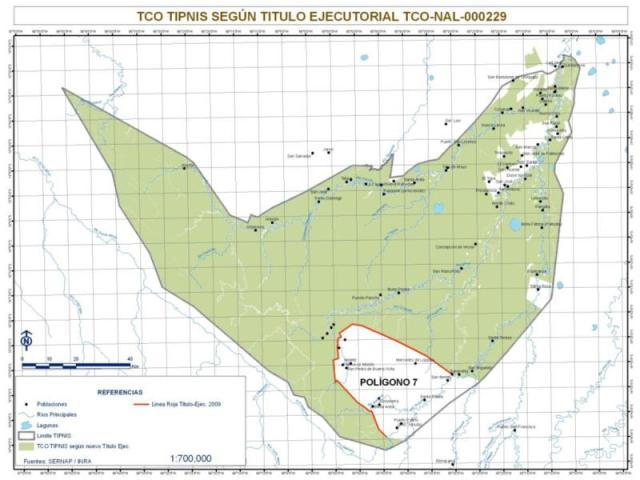
TIPNIS national park and indigenous territory. White areas have been deforested. The area in the south has been occupied mainly by coca growers and is no longer part of the indigenous territory (Bolivian Agency for Protected Areas SERNAP, August 2011)
Who does CONISUR represent?
CONISUR represents 21 indigenous communities who either live close to the occupied Poligono 7 (in total 12 communities) or inside it (9 communities). 15 CONISUR communities are marching: 6 from inside the TIPNIS indigenous territory and all 9 from the Poligono 7.
If there was a process of consultation with the communities in the TIPNIS indigenous territory who would be consulted?
The TIPNIS subcentral (37 communities), the Sécure subcentral (14 communities) and the 12 indigenous communities affiliated to CONISUR that are still within the indigenous territory (TCO) of the TIPNIS. The other 9 CONISUR communities inside the Poligono 7 could not participate and cannot make decisions for the 63 communities inside the TCO. This is because firstly they live outside the TCO, and secondly because they have individual land titles. This means they are no longer part of the collective land title held by the 63 communities in the TIPNIS.
Is there already a road in the Poligono 7?
Yes there is. It goes from the southern border of the national park to where the Moleto river and Ichoa rivers meet (about two thirds of the way into Poligono 7 (see map below). The 9 CONISUR communities inside the Poligono 7 already have a road. The question is why are they marching if there is already a road?
I think it is important to compare the conditions for the indigenous communities that have access to a road (in Poligono 7) and those inside the TIPNIS indigenous territory. There is already an education and health presence inside the TIPNIS indigenous territory. It could be better but it does exist, it is not that there is nothing. One would expect the indigenous communities in Poligono 7 to have a higher level of development but actually there is not a huge difference.

Red line shows occupied area of Poligono 7. Black line from south to north west shows existing road (Bolivian Agency for Protected Areas SERNAP, August 2011)
Can you explain the impact of the occupation of around 20,000 coca growers in Poligono 7 on CONISUR?
The coca economy has affected the way of life of the 9 indigenous communities inside the Poligono 7 in terms of their economic activity and daily tasks. It is not about the indigenous communities deciding to become cocaleros. They are under huge pressure and surrounded by cocalero communities. It changes what they do each day.
The clearest example of this is in a change in vision from the collective to the individual use of the land. Inside the TIPNIS the logic is a collective use and management of the land. But in the Poligono 7 indigenous communities have obtained individual land titles. The decision is taken under pressure because they are surrounded by cocalero communities but it is still a decision that is taken. If you are not part of the cocalero sindicato (union) you cannot grow coca – it will be eradicated. But if you are part of a sindicato then you can.
In early January 2012 it was revealed seven CONISUR communities produce coca and are affiliated to the Six Federation of the Tropics headed by President Evo Morales.
Although the 12 indigenous communities affiliated to CONISUR on the border of Poligono 7 are further away they are still impacted by the coca economy. There is not every day contact but they still produce coca or sell their labour to the cocaleros at harvest time. Their main income is now not coming from the forest but from the cocaleros. The youth calculate how much they can make to buy a t-shirt they like. So even though there is not permanent contact it affects their way of life.
Studies by previous governments on coca producing regions have identified that the production of coca in the TIPNIS area is not just for traditional use. Two months ago this trend was confirmed when a cocaine lab was found and destroyed inside the TIPNIS. There is a huge pressure on this region because it is linked in to global markets and driven by the global demand for cocaine.
Why is the Bolivian government so determined to build the road through the TIPNIS?
The government never wanted to pass Law 180 banning the road. The main reason is that the government has a different logic of development compared to the indigenous communities. The President is a cocalero and so sees Poligono 7 as development. This is based on seeing land as having value if it can grow coca.
They see the indigenous communities in the TIPNIS as not being developed. They do not understand this different development model that based on ideas of the sustainable use of natural resources and food security.
There are other reasons such as the aim of linking up the regions of the Beni and Cochabamba. Also in 2007 the Morales government gave two concessions to oil companies Petrobras (Brazilian state oil company) and to YPFB Petroandina. Oil companies will not begin their operations if there is not a road.
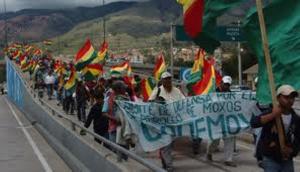
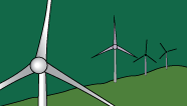


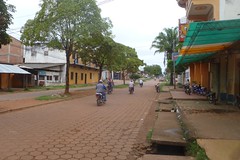
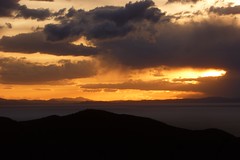
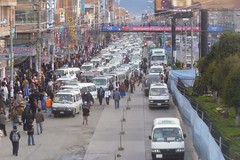
Comments
2 Responses to “Interview: Sarela Paz discusses the indigenous organisation CONISUR”Trackbacks
Check out what others are saying...[…] It is no coincidence the Morales government is now attempting to reverse Law 180. A march led by indigenous communities in the south of the TIPNIS represented by CONISUR (Indigenous Council of the South) is expected to arrive in La Paz very soon. Around a thousand have marched since 20 December 2011 from the edge of the national park to demand the reversal of Law 180 and for the road to be built through the TIPNIS (for more information see Bolivia Diary article on the CONISUR march and interview with expert on TIPNIS Sarela Paz). […]
[…] The other organisation was the Indigenous Council of the South (CONISUR) which represents communities in the south of the territory. Why were these other organisations created? Partly as a response to the pressures they were under from coca growers (cocaleros) occupying the Poligono 7 (see map) and pressure from the government. The TIPNIS subcentral has a different view of development to CONISUR. Read more here […]